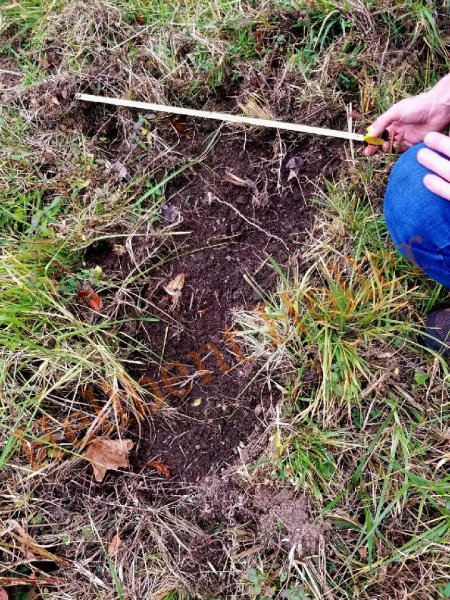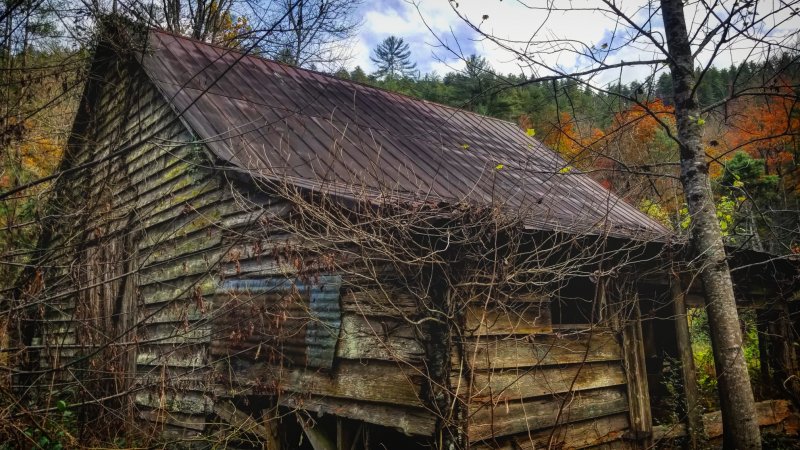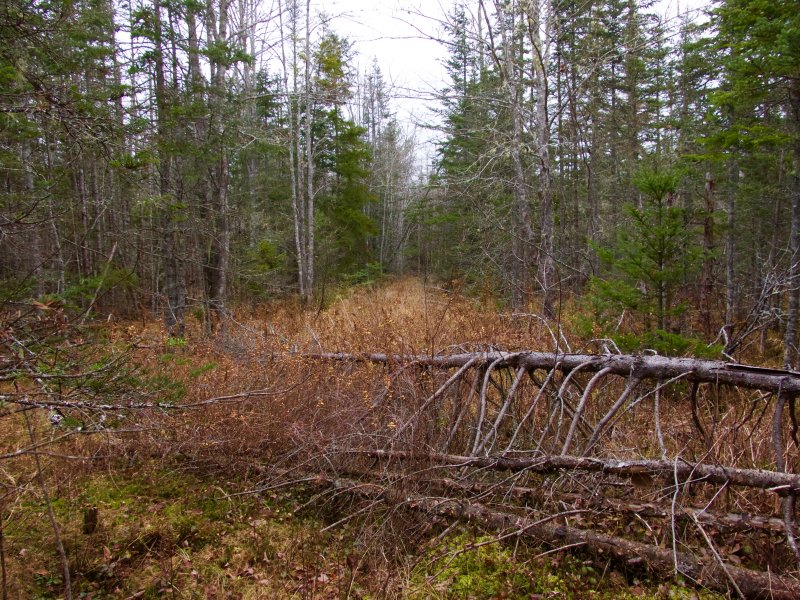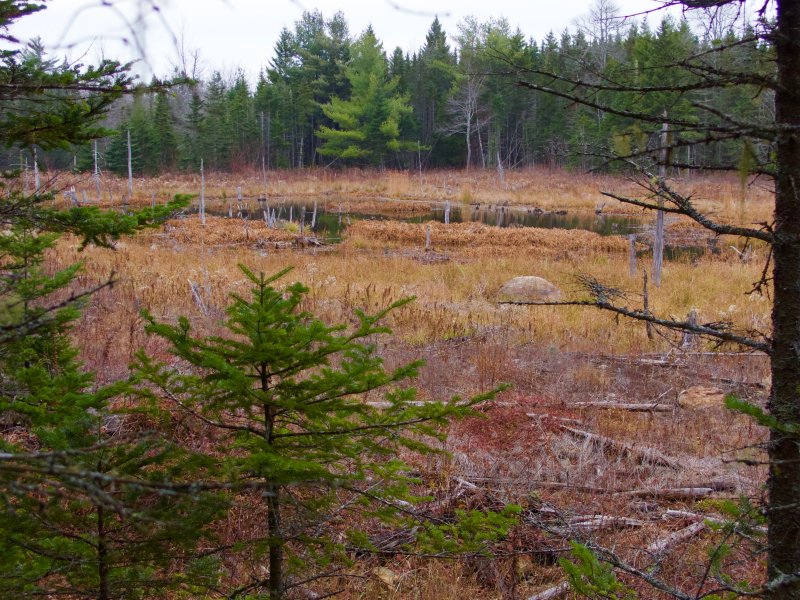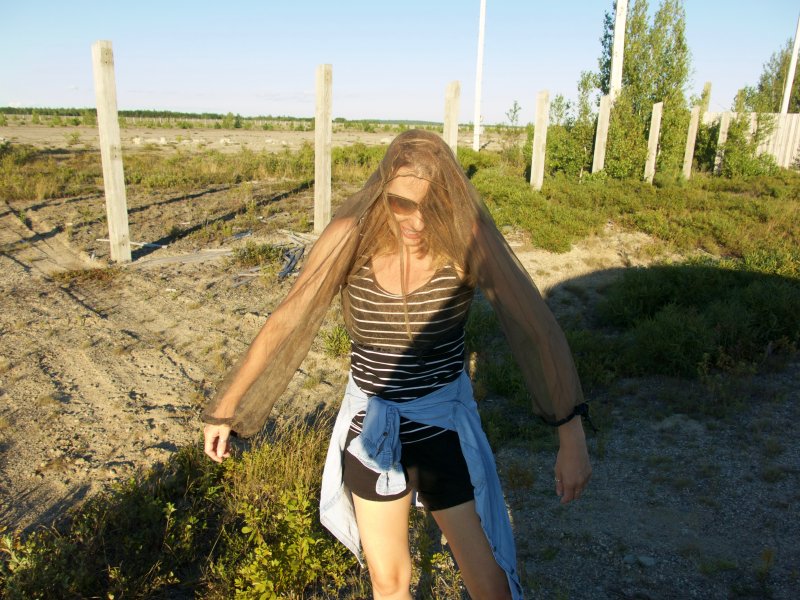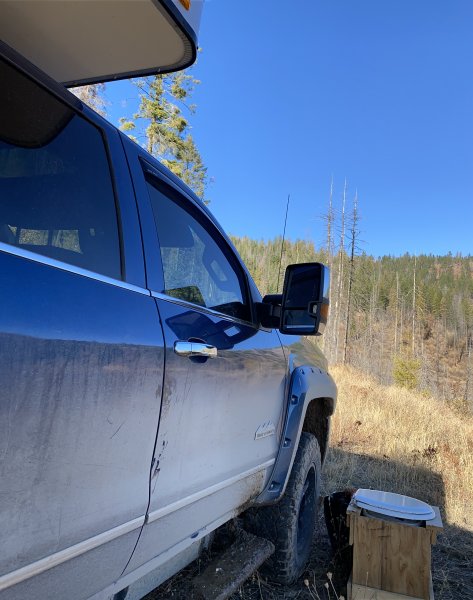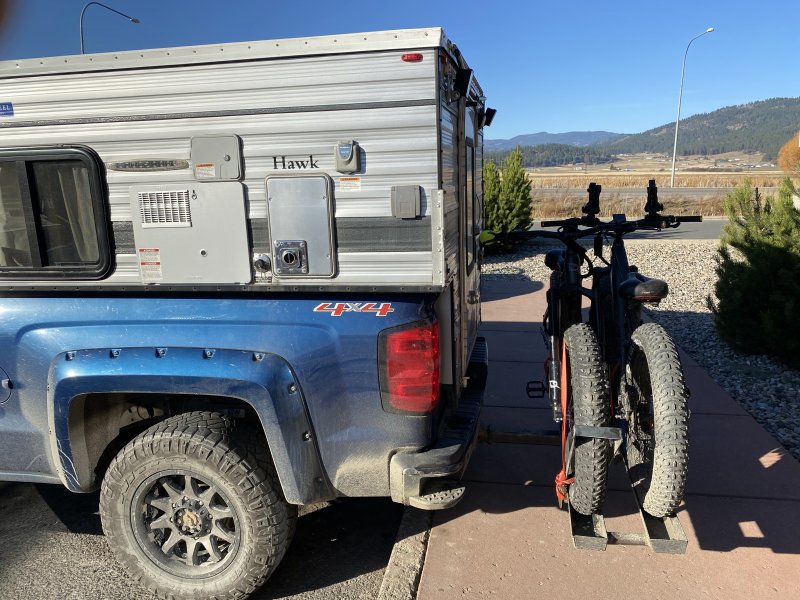Leaderboard
Popular Content
Showing content with the highest reputation on 11/08/2020 in all areas
-
Something funny to share... We were in a field behind an old ruined settlement where I heard a few growls last night. I was following a track through the grass when I came across a disturbance in the earth that looked remarkably like a footprint... 36" by 25"...with 7 toes. Go ahead and cut me that check for the best research/evidence of 2020. The southern Appalachians are riddled with old settlements that were abandoned years and years ago. This is the area where we were last night and again today. There are whole towns and cemeteries that have been taken back over by the forest and forgotten...3 points
-
I managed to get a nice long day in the mountains, with fellow BFFer MagniAesir and another sasquatch seeker, Robert J. It was a beautiful sunny fall day, cool in the morning, but warm enough to sit in shirtsleeves at lunch time, overlooking a deep wooded valley while we ate, glassed the area, and chatted for a couple of hours. Though we were about 40km off pavement, the great weather brought out lots of 4x4s, quads, and bikes, so chances of spotting any sasquatch or game near the logging roads was very slim. Our ace up the sleeve for that situation was the drone that Robert brought along, and piloted like a pro. He got in a long flight across the valley to a peak on the far side, and another later in the afternoon, along the large creek that feeds the lake in the S end of the valley. We couldn't spot any creatures on the small cell phone screen while it was in flight, but we will study the high res images after he gets them uploaded, and yes, I will post a link to them here when that's done, he's already OKed that. We stayed in the valley till dusk (much too early now that DST is over), then headed back out to pavement, over an hour away on the less than smooth logging roads. For now, all I can offer are my usual phone cam shots of the valley. The peaks at the N end of the valley The lake below to the South A late season butterfly came for a visit at lunch time Down at the beach near dusk. Yes, the fish were rising, and we had no fishing gear :-( Zoom in on the water between the trucks, and you'll see the rings from the rises! The large creek feeding the lake.2 points
-
The thought struck me about the best way to utilize the information in the John Green Database. There is an approach to the data that would seem to be the most useful. Remember that the data only goes up to the year 2000 which means no entries were added after that time. But that in no way makes the data obsolete and I'll explain why. There is a wide consensus on how long the Bigfoots actually live. Some say they can live as long as 50 years. If that is true then the first thing to realize is that any Bigfoots born in 2000 will only be 20 years old. It means that there could be at least two new generations of Bigfoots if the females start having young between 10-20 years old or beyond. It could also mean that some Bigfoots born in 1970 or later may still be alive today. So taking note of the actual year of any sighting will help keep the data more current when it comes to where one might conduct their field research. That said, one thing to pay attention to would be the data regarding females but, more importantly perhaps, any reports that involve infants or small Bigfoots. It may also be beneficial regarding questions of possible misidentification to to scope out the database's "Duration" column because the longer the creature, or creatures, were observed the less likely they were misidentified. Also pay attention to the column listing the county, and then the nearest city or town and the direction from them that the sighting occurred. I think all these criteria will help any researcher zero in on a prospective area for their investigations. The last point is that, since it has been 20 years since the last database entry, there may have been Human activity such as development, new roads, logging or other resource extraction projects, that may have taken place which would impact an area of an older report. If these Bigfoots are in fact territorial then, depending on what changes have occurred in a given region, then older Bigfoots and/or subsequent generations may still be active. Google Earth's timeline feature will help greatly when researching any alterations that may have occurred in a given area. And then there is the more current Bigfootforum's SSR database available to Premium members but I think the way to approach it would be pretty much the same way as above. Hope these points help in learning how to perhaps be more effective in determining just how to assess a database. I say that because some reports can be quite detailed and one can get mired down and forget to look at a larger picture when figuring out a research program that may be fruitful in saving a researcher time and effort in the field.1 point
-
Back to the area of my last report, off the beaten path and back in following a boggy beaver flowage. Saw some old bear and coyote scat, lots of fresh deer sign, one Broad Wing hawk and two pair of Mallards. Outside of a single Blue Jay and Red squirrel announcing my presence the woods were dead quiet. Old logging spur in: Spent the afternoon circumnavigating this area. Lots of potential here methinks.1 point
-
Hahahaha! That's awesome! Adapt and overcome! Yeah, the bugs were insane today. It's been warm and wet. I asked Jessi where the bug spray was, and said "At home. It's November."1 point
-
Good idea on the watermark! My better looking half bailed on the bushwhack today--been warm this weekend, the lyme infested ticks still looking for blood, she wants no part. Not only is she the better looking half but she's ingenuitive--bug pants over her head when she forgets the top:) She looks harmless but she's packing a .357 under the jeans shirt!1 point
-
I'm getting quite a few on trail camera, well two mated pairs it seems, anyway. I think I have figured out the general location of one denning site or trail in that direction. One female with a healed fracture of the front right leg has hopped around for a year and seems to be doing some better; I posted up a vid over in the wildlife thread last year I think. At first I was thinking of calling wildlife to hunt or trap it out and put it out of it's misery. It is cool to watch the concern of the mate waiting for her to catch up on the trails and making sure she is still keeping up. They seem to have put a hurting on the turkey population, or perhaps that is the tall bobcat showing up too. Not to change the topic but a small female mother bear with a barely perceptible cub is still making out ok and surviving despite major undersize in both, not sure they will make it through the winter but the cub seemed frisky when last pictured. I have to warn a cat owner or two that their pet(s) may come up missing if they don't show some discretion. Before I had heard yotes were around I would only pick up a print every now and then, never have heard a howl in this area, strangely enough, fox yips yes, yote howls no. Once I started an aggressive trail cam project they started showing up instantly on the sd cards.1 point
-
Hiflier - what I meant was some sort of high end mathematical analysis to take the human preconfigured notions out of it and to look deeper than we can. As I'm not a statistician I can't articulate it well. You or I or any member can look at a set of 100 encounters in a given geographic area over a period of time and compare one to the next. We'd see possible patterns like Bobbie O has or the observation that I have (in the east) that there tends to be a distinct time/place cluster, then an absence of reports, then a new cluster 100 miles away. A computer taking the average variation in time, distance apart, and direction from first encounter with the next 10, or 20, or 100, might provide greater insights. Or maybe it will produce a muddle, but I'd love to see a serious mathematician/ statistician have a go at it.1 point
-
1 point
-
1 point
-
Got kicked off the Nat Forest. Cannot ride our bikes behind locked gates even though 750W is considered non motorized by federal law. I guess the dept of agriculture doesn’t listen to the dept of the interior..... bureaucracy! Gonna hear from me! They allow skidders and tree saws behind the same gates! So we are on some state ground and timber ground down by Hunters, Wa. It’s my wife turn for elk!1 point
-
I re-read my OP and realized that I should probably put my money where my mouth is. A few years ago I reorganized John Green's relational database into a spreadsheet. I did it so that more folks could view it, but mostly because I wanted to be able to view reports in fairly decent chronological order from the 1700's on up. Then a while back I decided to individually group all of the US states and Canadian Provinces in alphabetical order. And that's where I pretty much stopped. In the OP I mentioned something about the Bigfoot's longevity. I think it as Tal H. Branco that told the story of a Bigfoot (in Alabama maybe?) that townspeople had watched crossing a certain road outside of their town and that it had crossed that same road for decades. It got so on in years that the creature's crossing became slower and slower to the point where motorists had to stop and wait for it to get to the other side. Its age was estimated to be maybe 52 years old. I decided to take the database with the states and provinces and set it up with an historical metric of 52 years back from from year 2020. And since the database I was working with goes up to 2000. So when one subtracts 52 years (as an arbitrary maximum) from 2020 one gets 1968. So 1968 became my new starting point for a database that would span from 1968-2000 to be able to include a maximum Bigfoot age of 52 years. The process resulted in the removal of about 1,000 reports from the original database but since I was streamlining it for the 52-year maximum criteria I didn't care about losing reports say from the 1920-1967. What I really wanted to see was how many reports were logged between 1968 and 2000. It turns out that the database STILL contain over 3,000 reports spanning the 32 years between 1968 and 2000! So now I think I have this database such that it reflects a Bigfoot that is 52 years old this year and however many more that are younger that were born from 1968 to the present. My goal being to find out what states, and within what regions of those states, are there Bigfoots younger than 52 years old. In other words, culling for chances of locating an elder/dead one. Or its skeleton. Or maybe estimating the size of a a state's BF population and what recent sighting may mean as far as their more recent ancestors. We try to stay current with what's happening with reports but if there's a way to better consider a more recent generational connection then the picture in a researchers area may become clearer- especially if one doesn't have to wade through and try to piece together and make sense of 300 years of BF history in a given area trying to see a pattern. I think any patterns of the last 40-50 years should be all that we need. What comes to mind here that supports this, is the discovery of the suspected BF ground nests in Washington State in an area that hadn't been logged in 50 years. And the fact that witnesses saw more in a stage of construction just last winter. Surely that can't be the only pattern there is that has hard evidence? So for me, looking back beyond 50 years in a database takes away from what I might "see" if I stayed closer to a BF's age time frame. I's be curious if anyone has been, or is, thinking the same way.1 point
This leaderboard is set to New York/GMT-05:00




